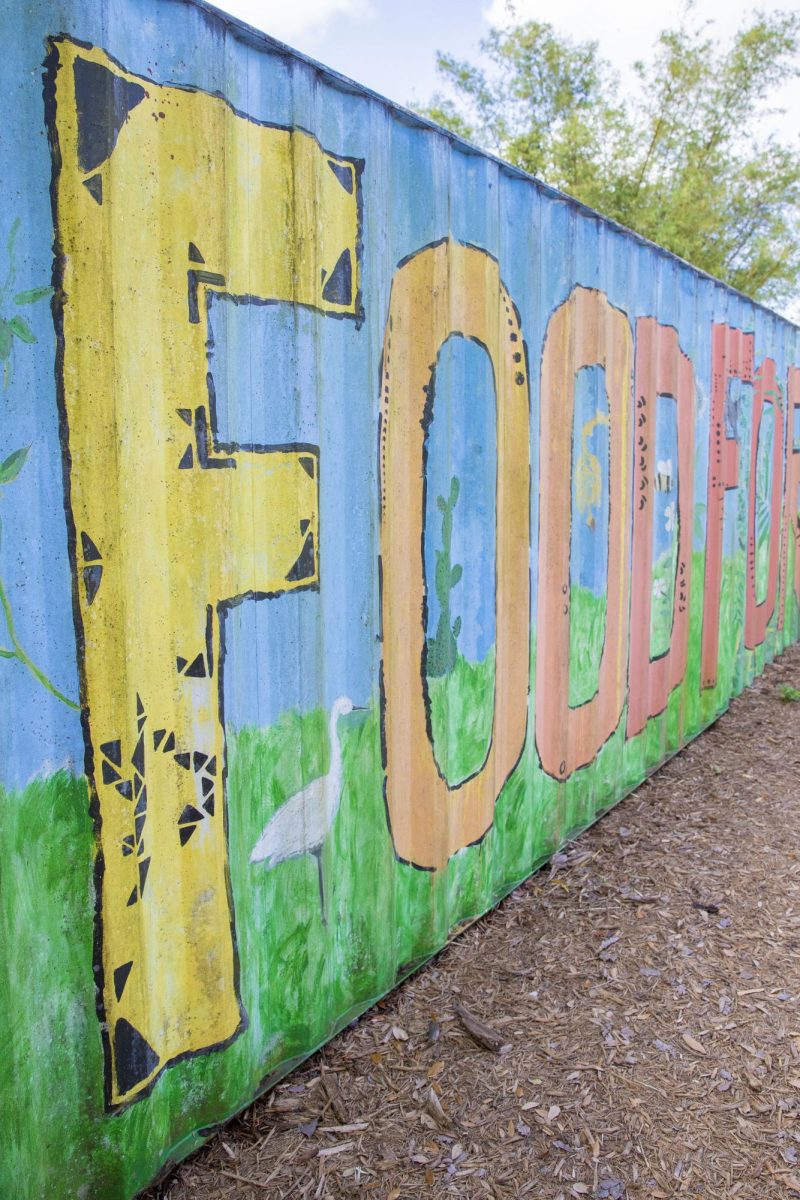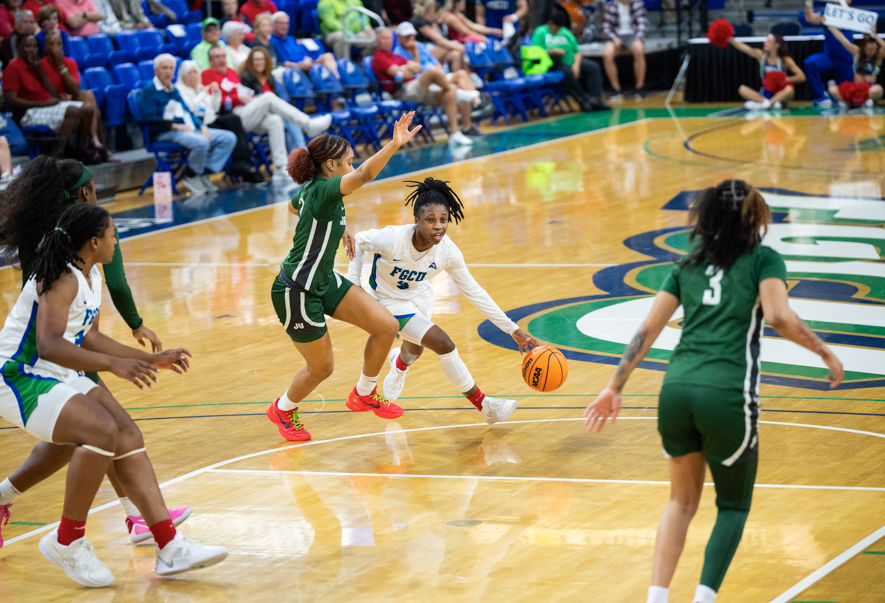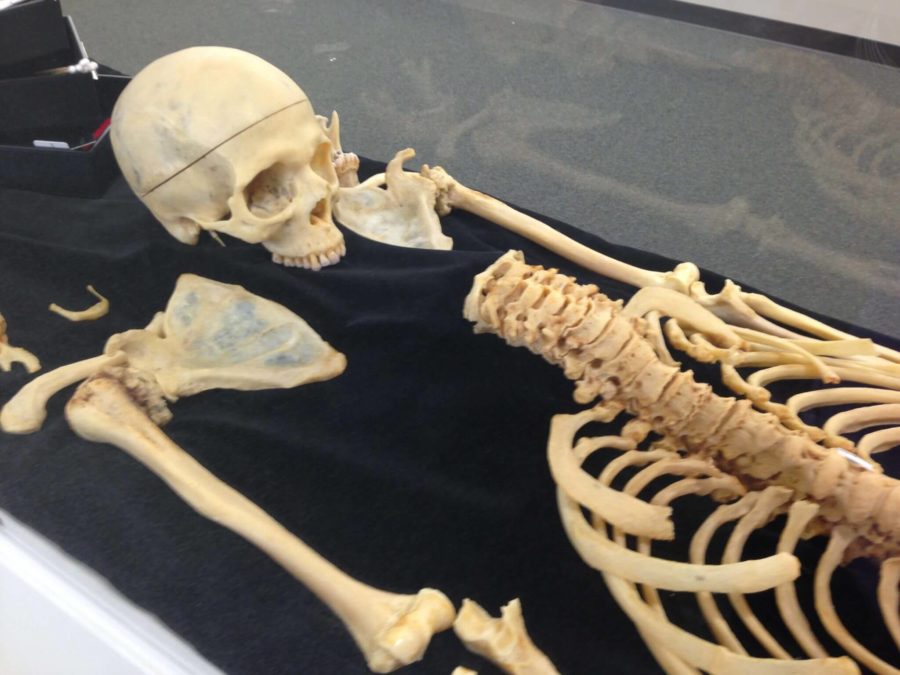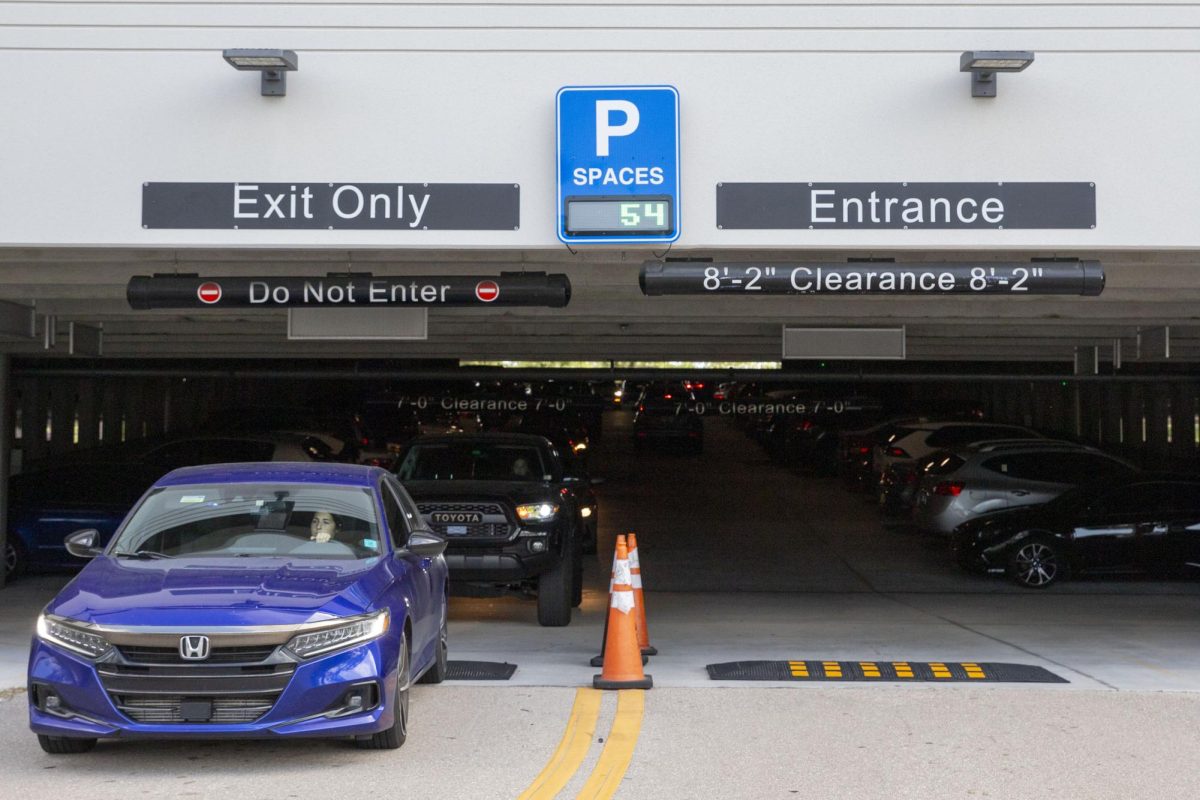Dead men tell no tales unless you’re a forensic anthropologist.
Florida Gulf Coast University’s newest library exhibit is Dead Men Do Tell Tales: The William R. Maples Collection. Maples was a world renowned forensic anthropologist before his death in 1997.
Some of his most famous investigations are available for viewing at the exhibit. These include documents and photos of Zachary Taylor, the 12th president of the United States who was thought to be assassinated; “Elephant Man” Joseph Merrick, who lived with awful deformities his entire life; Spanish conquistador Francisco Pizarro, who killed indigenous people of Peru; and the Russian Imperial Romanov family, who were murdered in 1918. The real skeleton of Angela Forte Dunn, who passed away in 2012, is also at the exhibit.
Maples founded the C.A. Pound Human Identification Laboratory in 1972, which is currently located at the University of Florida. The laboratory analyses skeletal remains and provides education to the University of Florida’s graduate students.
It was at the University of Florida where Heather Walsh-Haney, a forensics professor at FGCU, worked directly with Maples as his protégé. Walsh-Haney’s history with Maples helped FGCU secure the collection.
“Dr. Maples’ widow had all of Dr. Maples’ research materials, raw data, the material from his private cases, the non-human primates that he had worked on during his dissertation and she knew that I was starting here at Florida Gulf Coast University and came up with an idea to get them out of her house and into a university that would really appreciate how special Dr. Maples was and his work was,” Walsh-Haney said.
Walsh-Haney was part of Maples’ team that he took to the Miami Medical Examiner’s Office to help locate and identify the juvenile victims from the ValuJet Flight 592 crash in 1996. All 110 passengers died in the crash. The team was tasked with specifically identifying the fragmentary remains of the children. Walsh-Haney was a note-taker for Maples and also helped with the x-rays.
“He was a conscientious and kind teacher but with that said, he was unafraid of providing criticism and he expected you as a student to be able to receive it. Everything he poured into me, I hope I successfully pass on to my students,” Walsh-Haney said. “I refer to him daily whether I’m talking to undergraduate or graduate students.”
FGCU has had the collection since 2006, but the University did not have the proper viewing space for exhibits like Dead Men Do Tell Tales until 2012.
Melissa VandeBurgt, FGCU’s digital services librarian, joined FGCU in March 2012. “The galleries didn’t actually get built out as galleries until I came on,” VandeBurgt said. “They had been preserved as far as being in the archives and being properly cared for but they hadn’t been physically or intellectually arranged in any manner that would allow someone to provide access to it.” VandeBurgt and her team tracked down finding aids in order to set up the galleries. “A lot of work goes in before you guys see a show,” she said.
VandeBurgt has also completely digitalized the collection, which has 6,000 pieces. The digitalized collection has been available since Tuesday on the FGCU Library website.
Dolly Farrell, director of donor relations at FGCU, says that it’s unique for a university to have an exhibit like Dead Men Do Tell Tales.
“It’s really been a personal relationship between the Maples family and Dr. Walsh-Haney, which is why we have it here,” Farrell said. “It’s very unique for Florida Gulf Coast University to be selected for a collection of this magnitude. Dr. Walsh-Haney is very well-known and respected in her field and I would think that Dr. Maples and Mrs. Maples would really trust her with this exhibit. When you look around the exhibit, it’s their life.”
The collection does not target one set audience. Walsh-Haney hopes it appeals to everyone.
“Dr. Maples, through his caseworks, highlights the human condition. As you go from image to image and skeleton to skeleton, you can not only trace the anatomic changes that mark monkeys, apes, and humans, but you also see the manifestation of human behavior,” Walsh-Haney said.
“That behavior might be the slaughter of the Romanov family. It could be the irresponsible upkeep of the ValuJet plane and its cargo that caused the crash. It could be understanding and remembering how Francisco Pizzaro, the last conquistador, moved into Peru and obliterated indigenous people.
“So this collection allows us and students to marvel at the skeleton. But it’s not macabre; rather, the collection really tugs at one’s mind and heart to understand humankind through behavior and anatomy. The skeleton, something that we might take for granted because we have it covered with skin and muscle, is actually a very important record of how we ate, of our activity, of our behavior.”
Dead Men Do Tell Tales: The William R. Maples Collections is available until Nov. 14. The exhibit is located in the FGCU Library Room 322.
Categories:
New library exhibit donated by widow of anthropologist depicts his career
September 3, 2014
Story continues below advertisement
0
Tags:
More to Discover




























